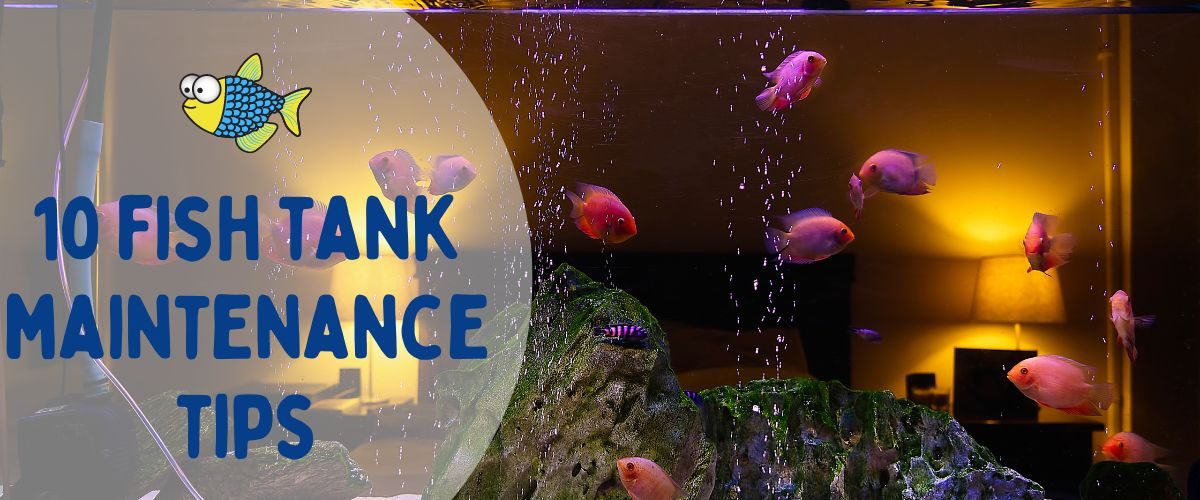If you’re new to fishkeeping, these 10 tips should help you keep your fish and aquarium in their best health.
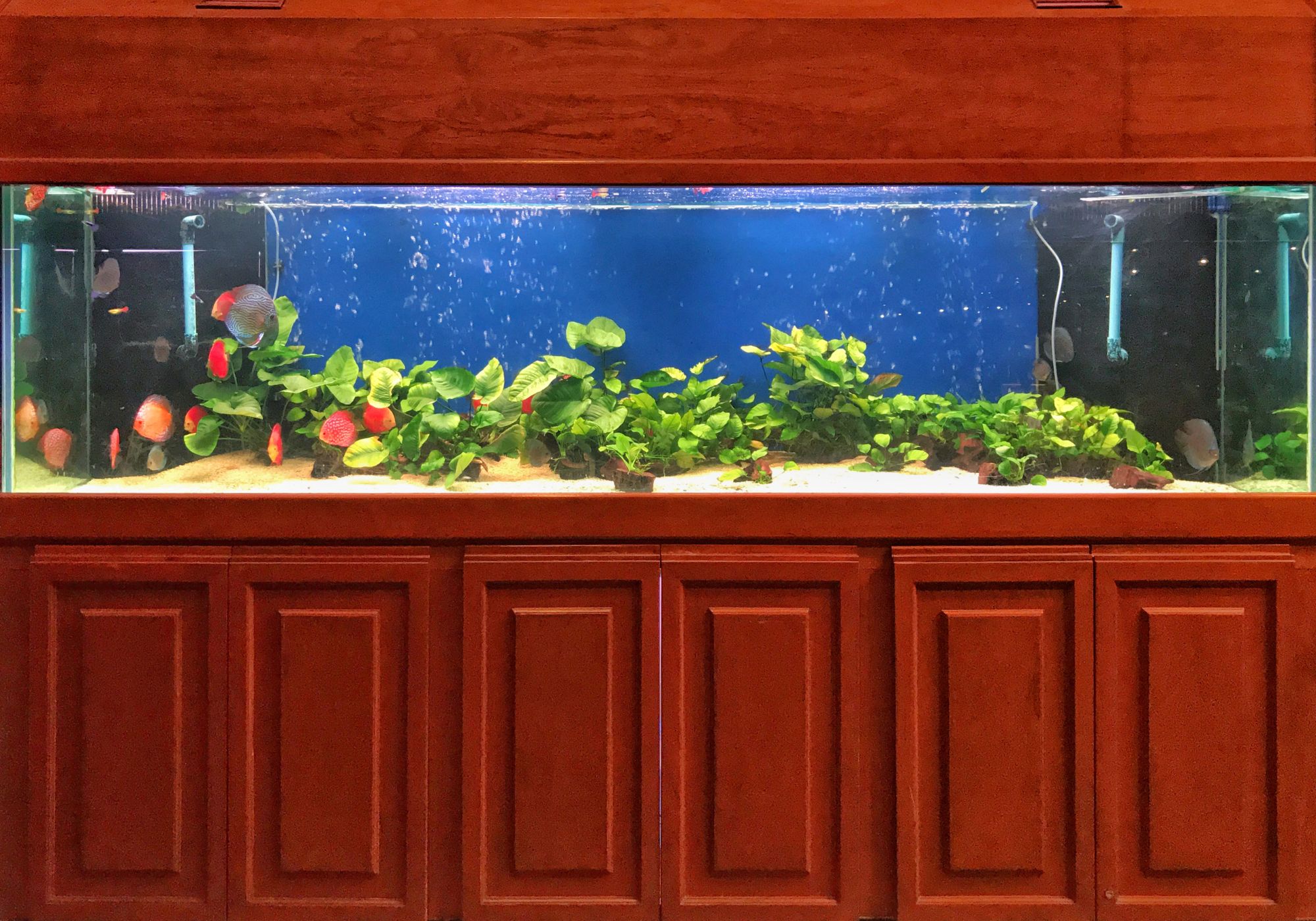
1. Choose the right size fish tank
When choosing a fish tank size, there are two main factors to keep in mind.
1. Your available space. Measure the space you have for a fish tank – you don’t want to buy an aquarium that’s too big. But don’t be fooled into thinking that smaller is easier. Smaller fish tanks actually require more maintenance than large fish tanks. So, if you have room for something a little bigger than you originally imagined, fill that space.
2. How many fish you want to keep / how large you’d like these fish to be. Overcrowding can lead to aggression, stress, and disease in fish, so you’ll need a tank large enough for the number of fish you’d like to keep / the species you’d like to keep.
Our blog post What size fish tank do you need? explains how to work out how much space you need for a fish tank and which fish can live in which size tank.
2. Choose fish who will be happy living together
When deciding which fish to buy, research which species are compatible. Some fish can be territorial or aggressive, so check which fish can live peacefully together before buying.

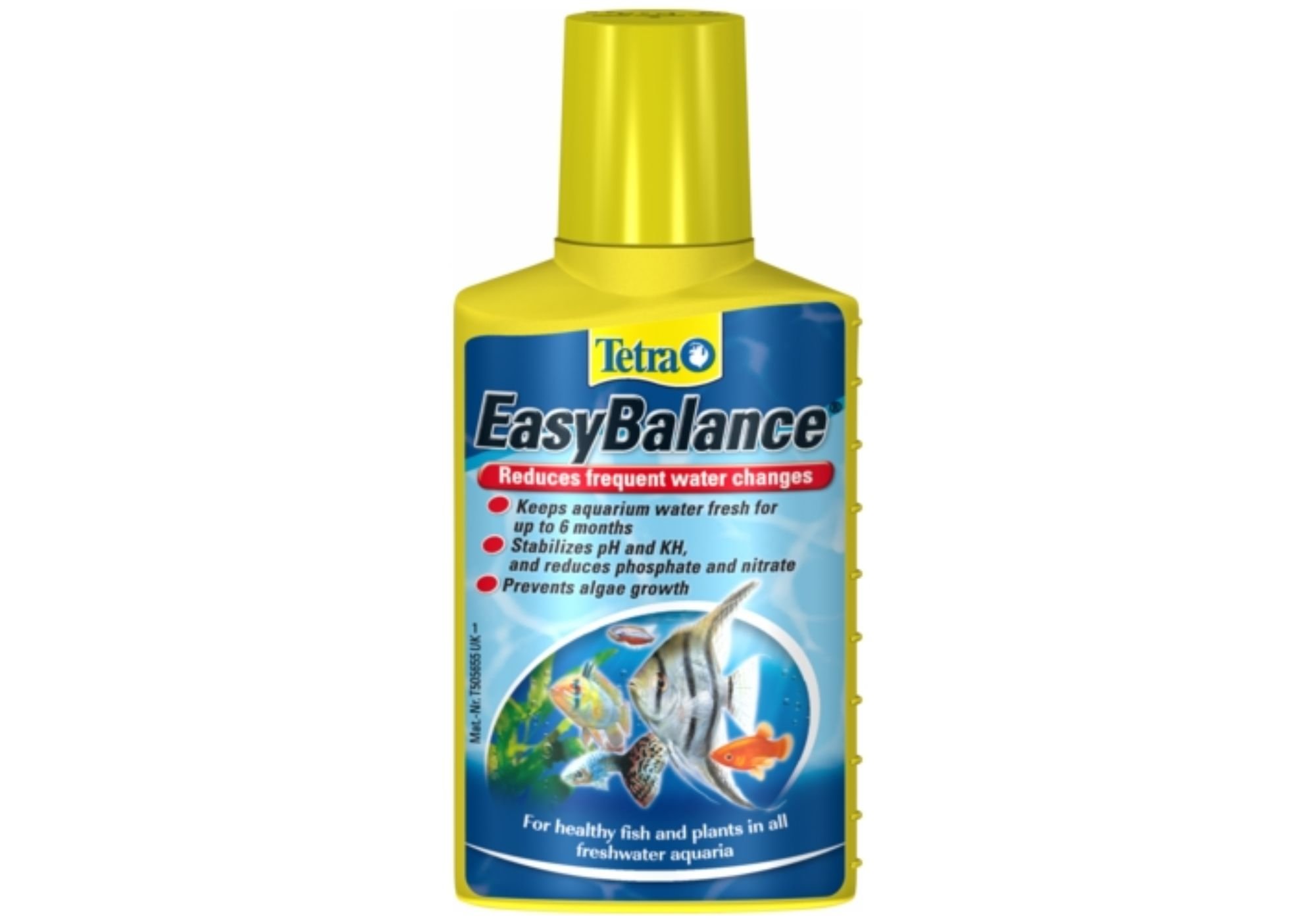
3. Cycle and condition your aquarium water
Your fish tank water needs the right properties to keep fish healthy. You need to add microorganisms to your aquarium that will break down waste and keep the water safe for fish.
Lots of fish tank kits come with the conditioning solutions you need to prepare your fish tank, but you can also buy these solutions separately.
Make sure you have:
Cycling fish tank water can take some time, so let your fish tank run for at least seven days with all the necessary solutions before adding fish.
4. Test your water quality
Test your water quality to make sure the pH balance and chemical levels are right before introducing fish.
A water testing kit will help you check your fish tank for pH and the right levels of nitrate, nitrite, and ammonia.
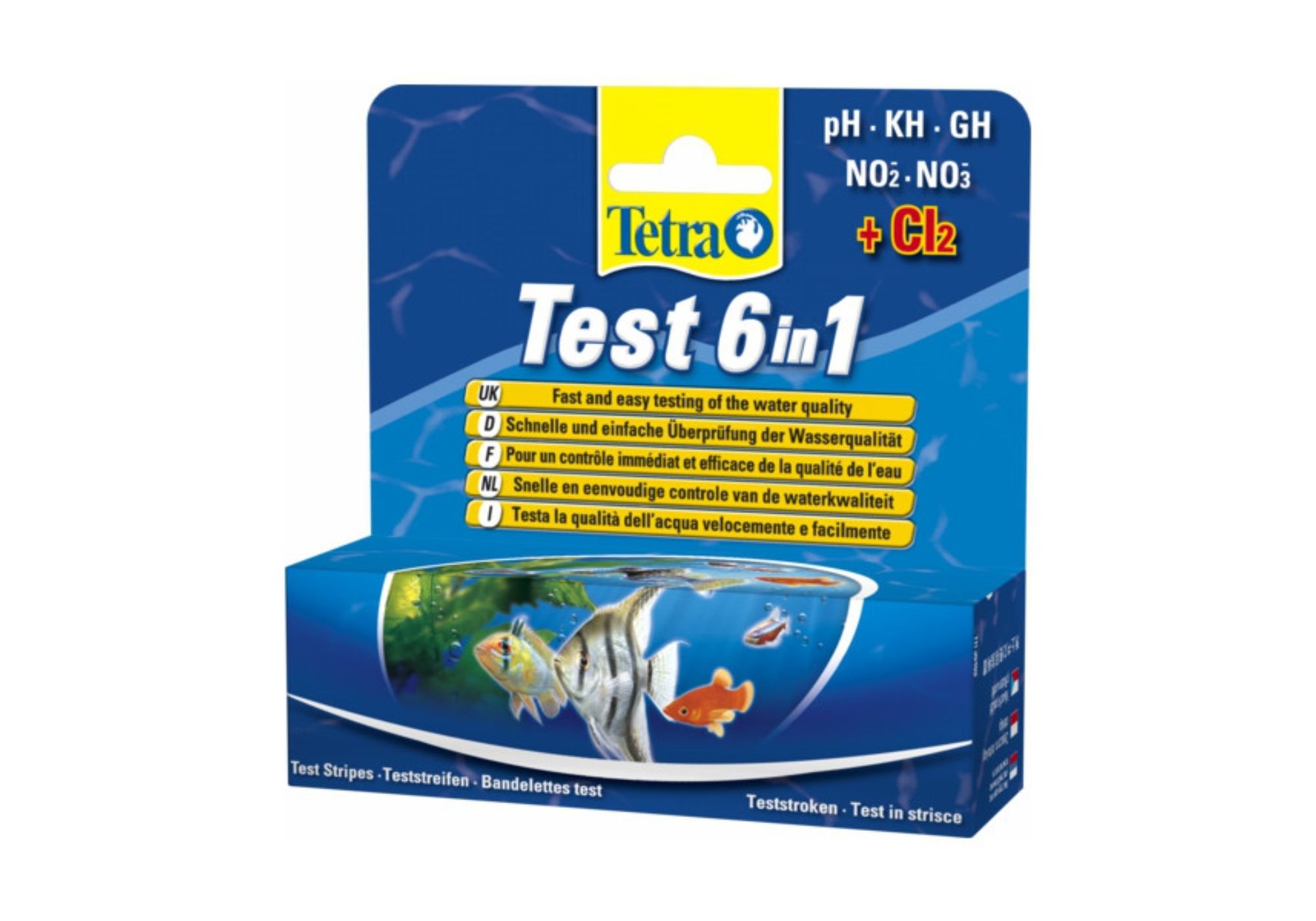
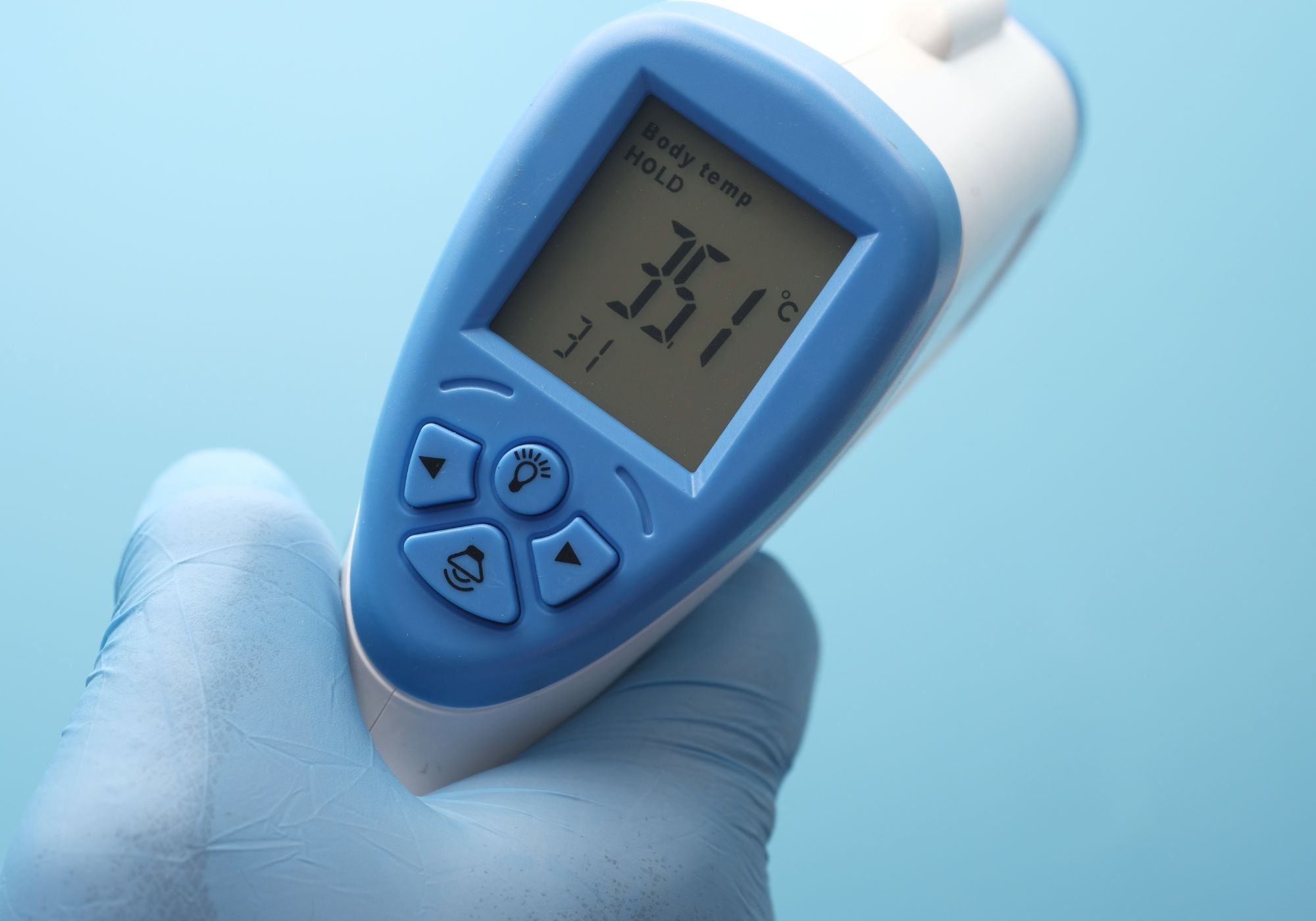
5. Check the temperature of your fish tank
Your fish tank water needs to be the right temperature for your fish. Major changes to the water temperature can be fatal to fish, so it’s important to get this right.
While coldwater fish don’t need a heater and can live in water of around 18℃, tropical and marine fish typically need water of around 27℃. You will need a fish tank heater to sustain this temperature.
Our blog post on how to set up a fish tank for tropical fish can help you get this right.
6. Introduce fish to the tank gradually
Introducing fish straight into a new tank can distress them. Instead, float your fish in your tank in the bag(s) of water that you brought them home in.
Leave the bag(s) to float for around 20 minutes. Every five minutes, add around a quarter of a cup of your aquarium water into the sealed bag. Then, open the bag(s) and let your new fish swim out in their own time.
This process combines the chemistry and temperature of your fish tank with the chemistry and temperature of the fishes’ original tank, reducing the risk of your fish feeling agitated.
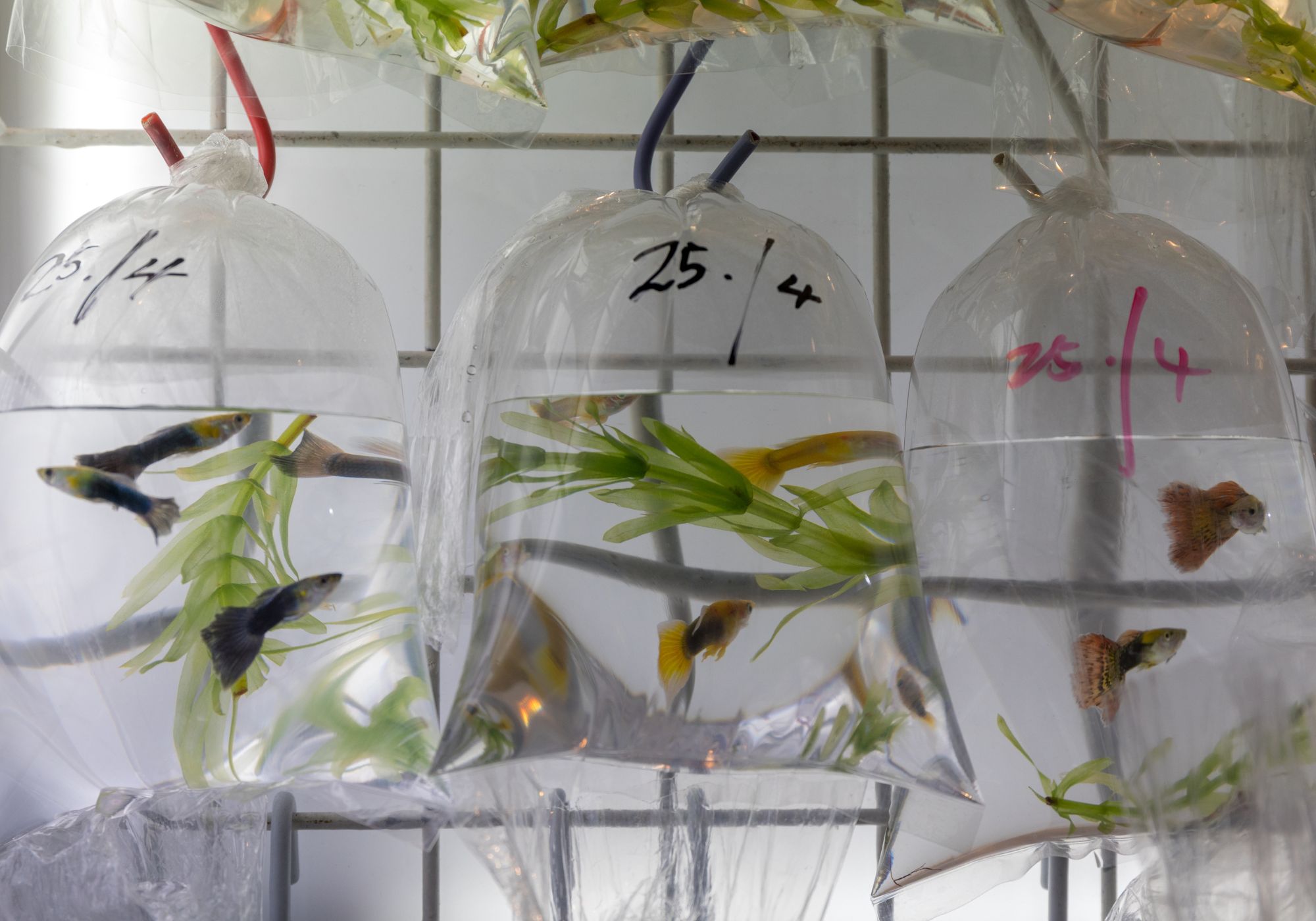

7. Complete regular water changes
Regularly changing 25 to 50% of your fish tank will keep the aquarium clean for your fish and get rid of debris and waste, which can distress fish and lead to illness.
The smaller your fish tank, the more regularly you’ll need to complete a water change. This is because it’s harder to maintain the right pH and chemical levels in a small tank.
While a small fish tank will likely need a water change every one to three weeks, you can probably leave a larger tank for four to five weeks between water changes.
Keep an eye on how quickly your tank accumulates dirt and adjust your water change schedule accordingly.
8. Clean out algae
Algae may build up on the inside of your fish tank (and on items inside the fish tank). Algae creates a swampy, murky look and reduces the amount of oxygen in the water, which can be damaging for fish and plants.
Use cleaning tools like an algae scraper, algae pad, or algae magnet to clean algae off your tank, ornaments, rocks, and plants.
You can also buy an algae treatment to get rid of excessive algae.
You can reduce algae growth in your fish tank by ensuring the aquarium is out of direct sunlight. While it’s important for your fish to get some natural light, too much sunlight can lead to excessive algae growth.
In fact, fish should only get up to 12 hours of light a day – after all, their natural habitat is pretty dark.
Our blog post Where’s the best place to put a fish tank? should help you find an ideal spot, out of direct sunlight.

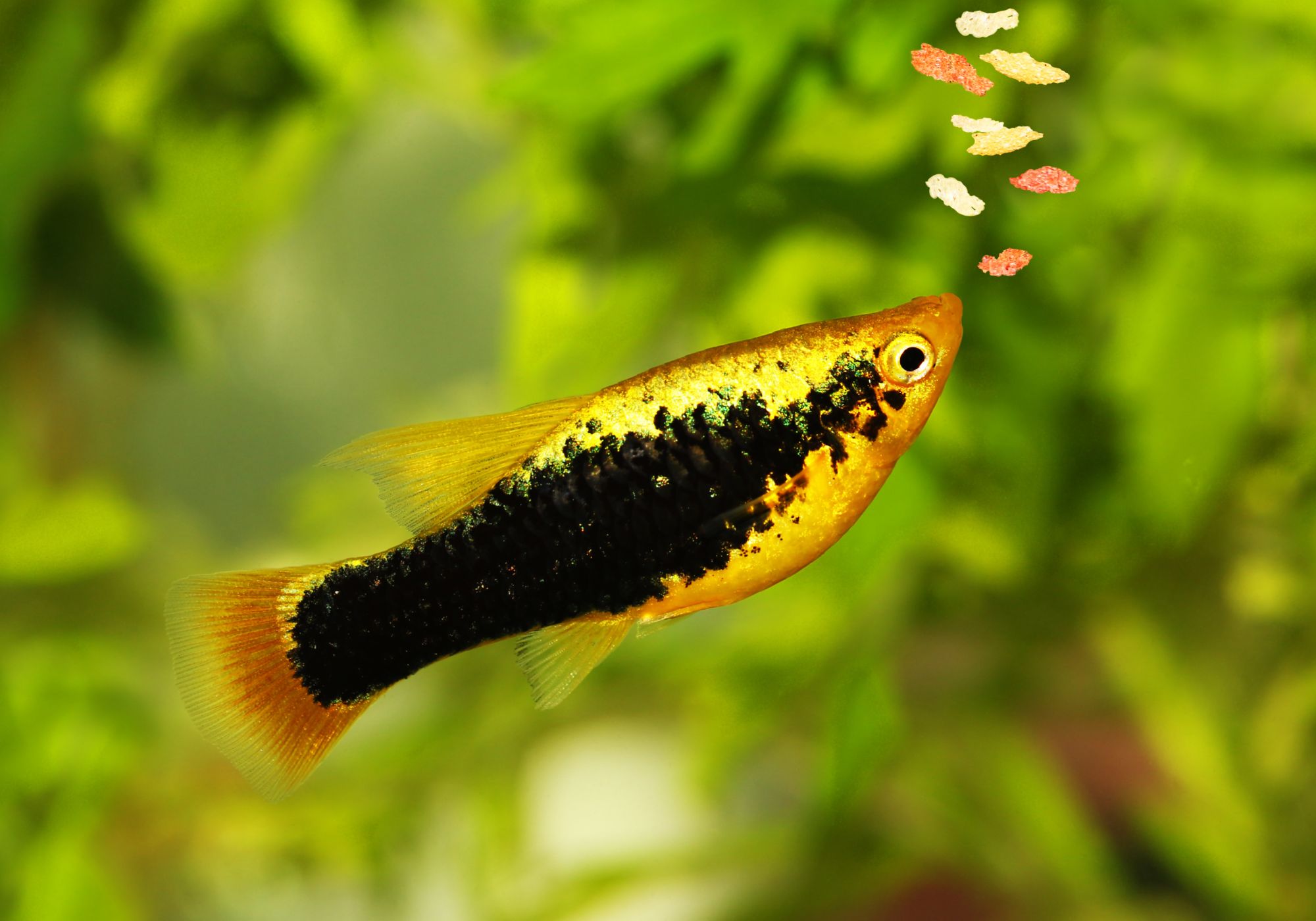
9. Don’t overfeed your fish
Overfeeding your fish can lead to an excess of waste and debris in the tank, not to mention algae growth, all of which can cause water quality problems and a lack of oxygen.
Most fish don’t need a lot of food to live healthily. One or two feeds a day should be fine, although this depends on your species and how many fish are in your tank. Either way, don’t feed your fish more than they can eat in a few minutes.
As long as your fish don’t show any of the following symptoms, you’re feeding them enough:
- Digging around in the substrate for food.
- Waiting and the top of the aquarium for feeding time.
- Acting aggressively towards other fish.
- Acting slow or sluggish.
- Losing weight.
10. Look out for signs of fish illness
If your fish fall ill, you’ll have better chances of curing the illness the earlier you catch the disease.
Look out for:
- Changes in your fishes’ eating patterns.
- Slow or sluggish behaviour.
- Flakes or bulges on the skin.
- Abnormal inflammation.
If you notice these signs of illness, we have an array of fish treatments to help cure your fish.

With these tips in mind, you should be ready to buy your fish tank.
About Warehouse Aquatics

The Warehouse Aquatics mission is to offer the most choice at the best prices when it comes to your fishes’ wellbeing. We use the products on our website ourselves and are well-versed in all things fish, so we can give you all the advice you need. We’re not just here to sell aquatic supplies. We’re also here to guide you through your journey as a fish owner and enthusiast.
As a small team, we love to hear from our customers, so please do join the Warehouse Aquatics social media community. We’re always up for a chat, and we’d love to share your aquarium photos with our followers.

